Shavuot Festival of Weddings, Flowers, Sweet Treats
Rituals continue to evolve while the holiday of multiple names connects Jews to history.
From comparing Shavuot to a Jewish wedding to organizing Torah study sessions from midnight till dawn. And from planning dairy menus to reading about the first convert to Judaism, Shavuot is a multifaceted holiday with much depth and opportunity for creativity.
The AJT elicited insights on the holiday from three rabbis spread among Atlanta’s geographic and denominational spectrum.
One of the core rituals of Shavuot is to continue learning Torah and other Jewish texts. For that reason, Shavuot secures its place as one of the most important Torah pilgrimage festivals celebrated on the Jewish calendar.
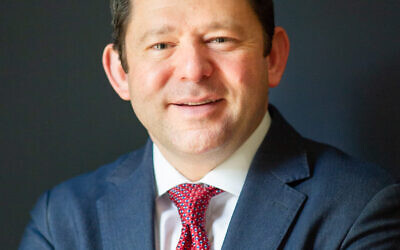
Rabbi Larry Sernovitz of Temple Kol Emeth said we are to remember that “we too received the Torah at Sinai and every year we renew that covenant between G-d and the Jewish people.”
Sernovitz compared dairy foods to Torah, being as “sweet as honey on the tongue.” Think cheesecake and blintzes.
The Jewish people are unique in the world in how the revelation or receiving the Torah came to them as one large community, not only as individuals, said Rabbi Joshua Hearshen of Congregation Or VeShalom.
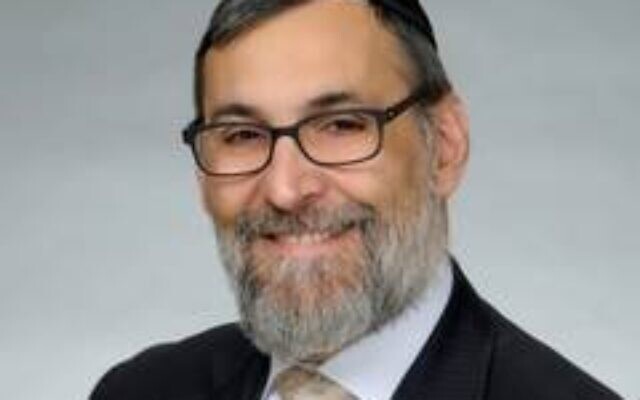
The AJT also learned from Rabbi Binyomin Friedman of Congregation Ariel that although there is no biblical instruction to celebrate the anniversary of the giving of Torah at Mount Sinai, a number of customs arose that gave Shavuot the identity recognized today.
Just as the barren Mount Sinai burst forth with vegetation as the Torah was given, it is customary to decorate synagogues with flowers. One traditional interpretation is that “it took a while for the Jews to integrate the newly introduced laws of kosher,” Friedman said. “Therefore, they didn’t eat meat in the days following the giving of the Torah. We commemorate that decision by eating dairy dishes,” he said.
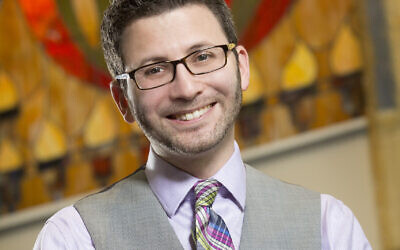
He believes the most outstanding custom is to spend the entire night engrossed in Torah study in anticipation of the anniversary of receiving the Torah on the morning of Shavuot, including the Sephardic tradition of reading a ketubah, Jewish wedding contract, during the holiday’s synagogue service.
Marriage Contract
Hearshen explained how the Sephardic community, having so many connections to the mystic world, took one of the many paradigms for the relationship between the Jewish people and G-d, wife and husband respectively, and expressed a marriage motif during Shavuot.
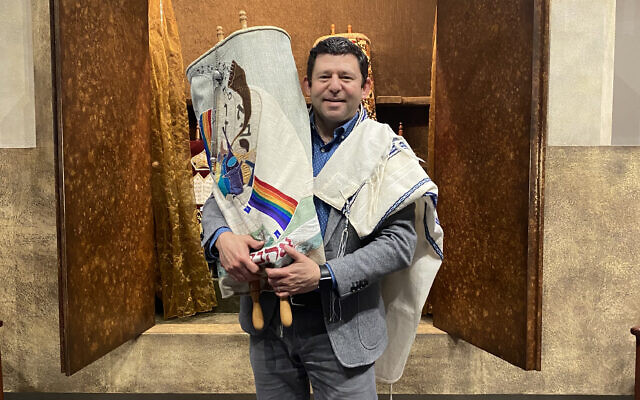
Symbolically, the Torah was the wedding gift from G-d to the Jewish people and also the terms of the marriage, the ketubah. It is Sephardic tradition to create special ketubot to be read on Shavuot. The most famous ketubah is by Israel Najara of Tzfat (1550 – 1625). “While that text tries to mirror the ketubot from our marriages, it waxes poetic a great deal more and provides more mysticism than our mundane marriage contracts,” Hearshen said.
It is dated the sixth of Sivan 2448, which is the date of Shavuot. At OVS, the ketubah text is read on Shavuot when the ark is opened, while preparing to take out the Torah scrolls, he said.
In modern times, weddings are generally avoided between Passover, when the counting of the Omer begins and Lag B’Omer, the 33rd day, Hearshen said. The Omer is the period between Passover and Shavuot.
“This leaves us with just over two weeks of acceptable days for weddings. Those days are close to Shavuot and so we tend to see, in a non-COVID world, a large amount of weddings from Lag B’Omer until the day before Shavuot,” he said.
A Name or Two
Friedman said that the day G-d presented the Israelites with Torah at Mount Sinai, after they left Egypt, coincides exactly with the festival of Shavuot. Besides its historical connection to the Exodus, the holiday is clearly linked to the agricultural rhythms of Israel, where crops are planted in the early winter and are ready for harvest in the spring around Passover time, he said.
Shavuot came to be called the Festival of Weeks in its connection to the counting of the Omer. The Torah states that on the second day of Passover, “we are to go out into the field and harvest omers (omer is a measure) worth of barley, usually being the first winter planted crop to ripen, and bring it to the temple, acknowledging G-d for His beneficence in granting us this new crop. Only after bringing this Omer of barley may we eat of the new crop,” Friedman said.
The Torah continues to tell the Jewish people to count 49 days. On the 50th, they are to bring to the temple two loaves of bread that they have baked from the now-harvested wheat crop. The day is to be celebrated as the Festival of Shavuot or Weeks because it comes at the end of the seven weeks of counting. In addition, Shavuot has two other names and identities: Chag Habikurim, Festival of First Fruits, recognizing the biblical commandments of the first fruit offering of barley. And Zman Matan Torateinu, the Time of the Giving of our Torah, which has become the primary focus of Shavuot because of living without a Temple in Jerusalem, Friedman said.
First Convert to Judaism
Besides reading from Torah, Sernovitz said another Shavuot custom is to read the Ten Commandments but also from the Book of Ruth, where first fruits, such as the springtime harvesting of barley and wheat, are mentioned.
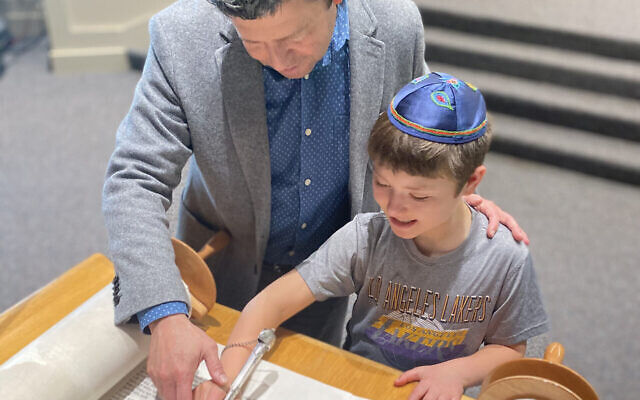
“Another rationale for Ruth being read is its connection to Torah and faith,” he said.
After Ruth’s husband dies, she becomes very close to her mother-in-law Naomi. Ruth tells Naomi, “Your people shall be my people, and your G-d my G-d.” (Ruth 1:16). By accepting Judaism, Torah and G-d into her life, Ruth becomes the first convert to Judaism.
Sernovitz noted that Ruth and her new husband Boaz become the great-grandparents to King David. As tradition teaches, the Messiah is believed to descend from the line of David.
“Greatness can not only come from those born into the Jewish people, but also for those who choose Judaism,” Sernovitz said. “This is why it is so important to embrace those who choose Judaism as well as those who marry a Jewish partner and then reside among the Jewish people.”
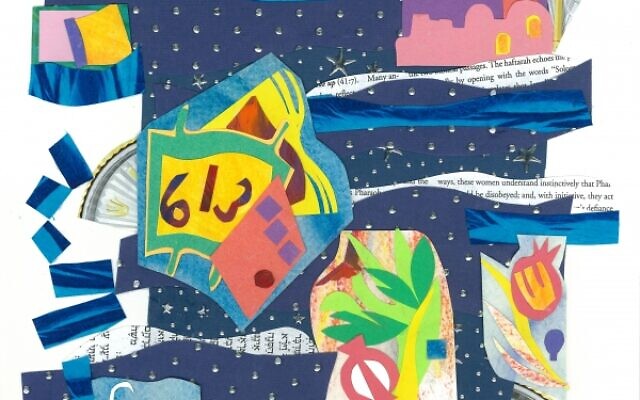
He also shared how the Jewish mystics, the Kabbalists, would teach that a special time occurs in the middle of the night on Shavuot. “We study until the early morning as a tikkun, an apology, for the Israelites sleeping late on the morning of the revelation at Mt. Sinai.” According to the Kabbalistic story, the skies will open up for a brief moment where G-d favorably answers any prayer, Sernovitz said. “Whether or not this is true, even in moments of darkness, Judaism provides the light and just enough strength to rise above whatever comes our way. Stay up a little later; look up into the sky, and cast up your hopes, dreams and prayers. Maybe, just maybe, your prayers will be answered.”
Burning the Midnight Oil
Congregation Ariel will have study groups and classes, especially in the days before Shavuot. Ariel is hosting 24 hours of online Torah May 12-13 from noon until midnight in a communitywide, non-stop virtual learning experience called Torah Atlanta. On Shavuot May 17, starting at 12:30 a.m., there will be studying in groups until dawn. No knowledge of Hebrew is necessary. At dawn, a holiday service and reading of the Ten Commandments will conclude the event.
The Atlanta Rabbinic Association also is holding a communitywide Evening of Learning, also known as Tikkun Leil Shavuot, May 16.
To learn what Jewish Atlanta has planned for Shavuot, visit the Atlanta Jewish Connector, www.atlantajewishconnector.com. And be sure to have a slice of cheesecake or some cheese and fruit handy if you get hungry attending an all-night study session! Here’s a recipe to try for such a purpose.

An Israeli style cheesecake uses givina levana, a special white cheese imported from Israel.
Israeli Cheesecake
To make an authentic Israeli cheesecake, I chose the soft and creamy givina levana (white cheese)recipe of Israeli American celebrity chef Jamie Geller. With consistency like a thick yogurt, it mixed easily with the other ingredients.
Crust
2 cups graham cracker crumbs or cookie crumbs
½ cup melted butter
5 tablespoons sugar
Custard
1½ pounds givina levana
1 cup sugar
1 cup sour cream
½ cup heavy cream
2 tablespoons fresh
lemon juice
2 teaspoons vanilla extract
4 whole eggs
Pinch of kosher or sea salt
Zest of one lemon
Preheat oven to 350F.
Preparing the crust:
Mix crumbs, butter and sugar together. Reserve half the mixture for topping cheesecake. Press remaining crumbs into the bottom of the springform pan. Chill the crust while making the filling.
Preparing the custard:
Either by hand or in a mixer at low speed – combine cheese, sugar, sour cream, heavy cream, lemon zest and juice, vanilla, eggs and salt. Try not to whisk any air into the custard.
Pour into chilled crust. Place cheesecake into oven. Bake for 40 to 50 minutes or until the center of cake is just a bit jiggly. Sprinkle reserved crumbs on top of cake and bake for additional 15 minutes.
Turn off the oven and crack open the door. Allow cheesecake to cool in hot oven for 30 minutes.
Put in refrigerator for several hours or overnight before serving. I added fresh raspberries around the cake’s top.
Source: Jamie Geller, jamiegeller.com
- Flora Rosefsky
- shavuot
- Rabbi Binyomin Friedman
- Rabbi Larry Sernovitz
- Rabbi Joshua Hearshen
- Congregation Ariel
- Congregation Or VeShalom
- Temple Kol Emeth
- First Fruits
- Book of Ruth
- Ten Commandments
- torah
- Ketubah
- Israeli cheesecake
- givina levana
- Community Partners
- Holiday
- Atlanta Rabbinic Association
- Jamie Geller



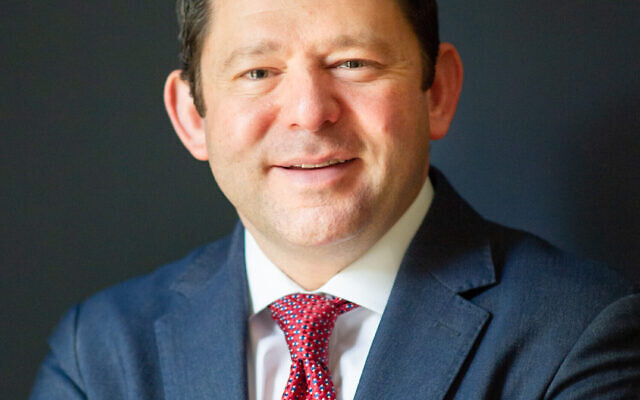
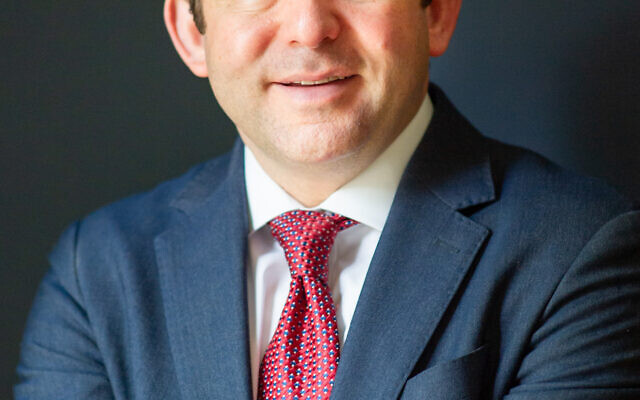
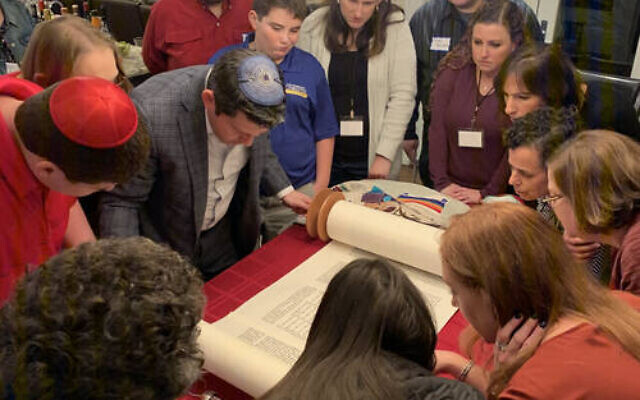
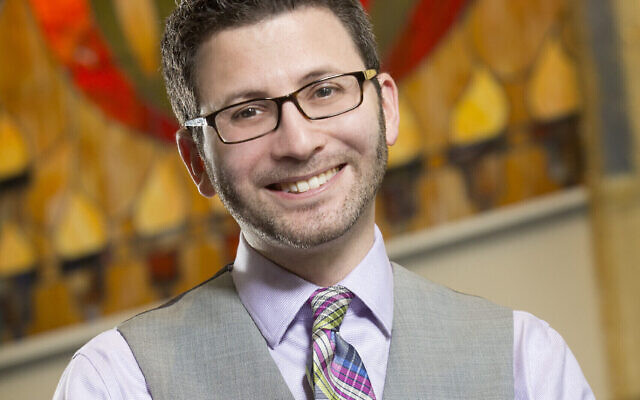
comments